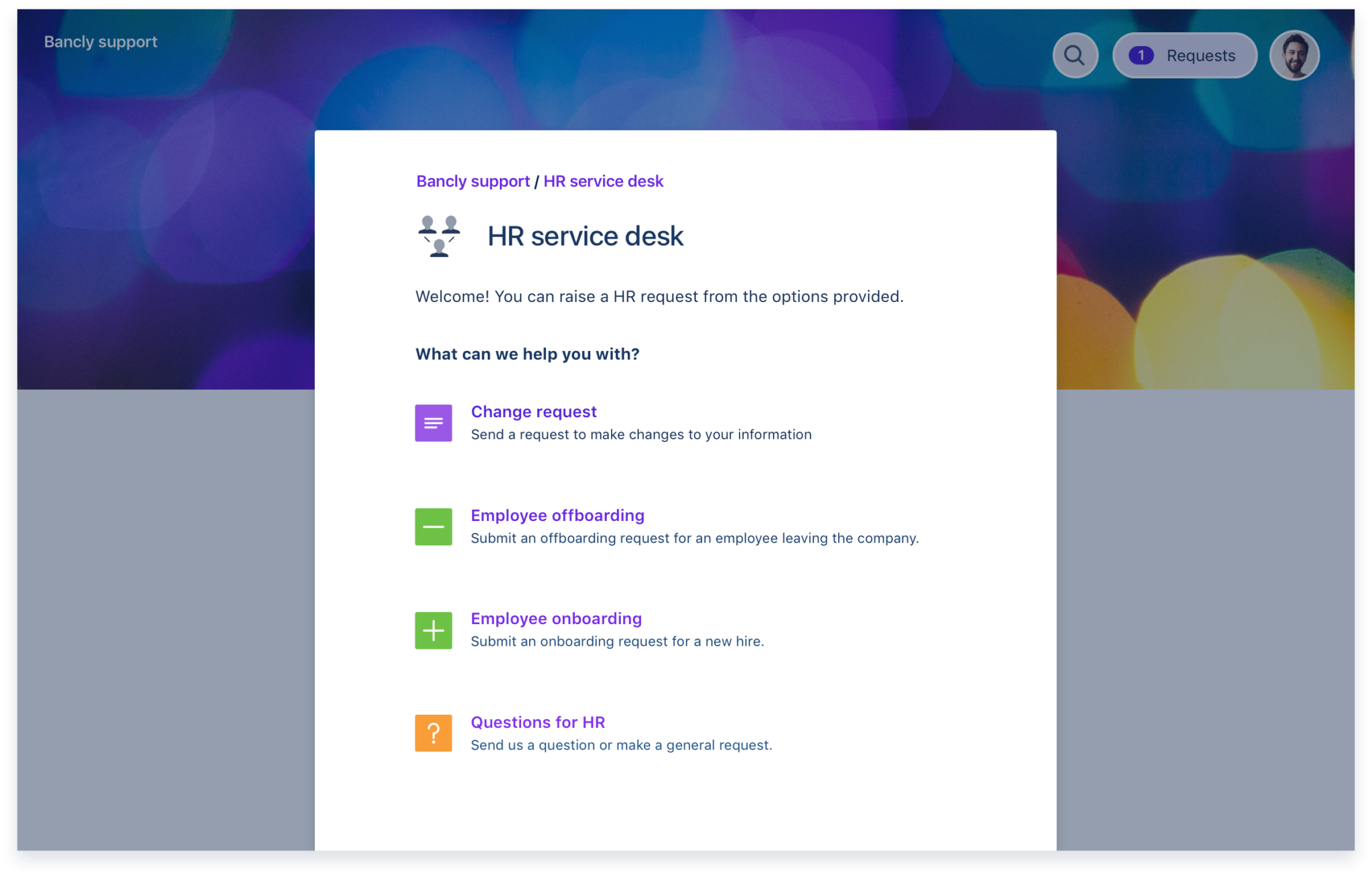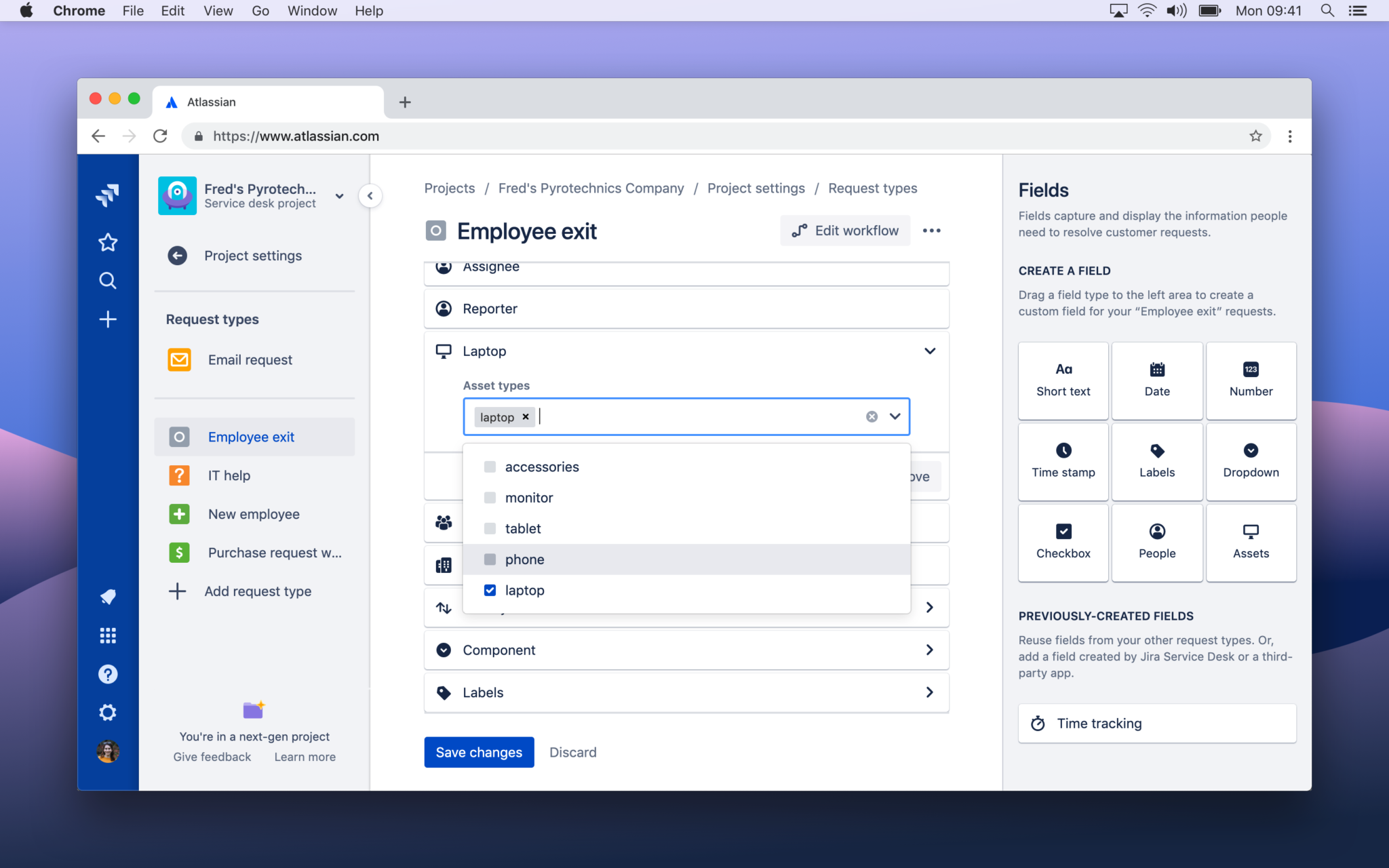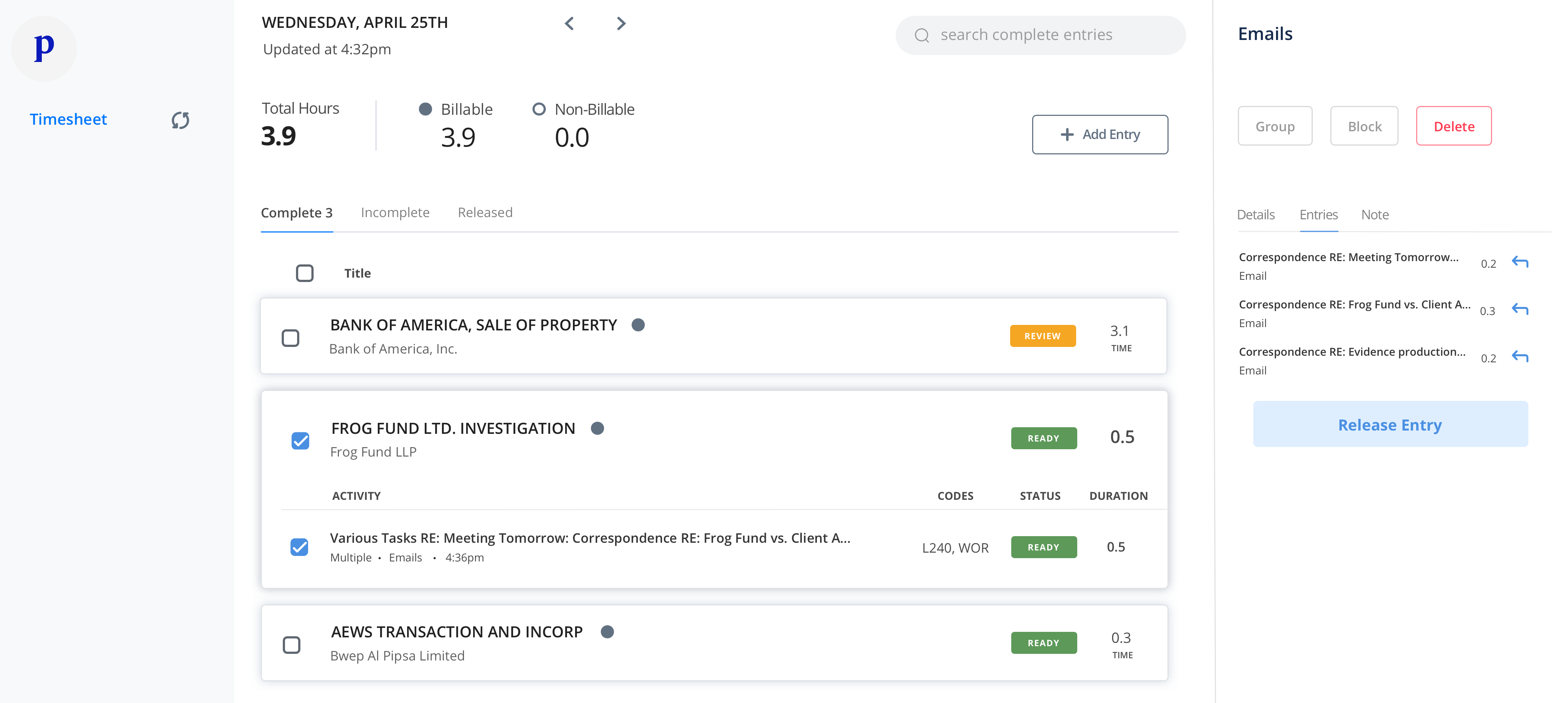Big changes are afoot for Wire, an enterprise-focused end-to-end encrypted messaging app and service that advertises itself as “the most secure collaboration platform”. In February, Wire quietly raised $8.2 million from Morpheus Ventures and others, we’ve confirmed — the first funding amount it has ever disclosed — and alongside that external financing, it moved its holding company in the same month to the US from Luxembourg, a switch that Wire’s CEO Morten Brogger described in an interview as “simple and pragmatic.”
He also said that Wire is planning to introduce a freemium tier to its existing consumer service — which itself has half a million users — while working on a larger round of funding to fuel more growth of its enterprise business — a key reason for moving to the US, he added: There is more money to be raised there.
“We knew we needed this funding and additional to support continued growth. We made the decision that at some point in time it will be easier to get funding in North America, where there’s six times the amount of venture capital,” he said.
While Wire has moved its holding company to the US, it is keeping the rest of its operations as is. Customers are licensed and serviced from Wire Switzerland; the software development team is in Berlin, Germany; and hosting remains in Europe.
The news of Wire’s US move and the basics of its February funding — sans value, date or backers — came out this week via a blog post that raises questions about whether a company that trades on the idea of data privacy should itself be more transparent about its activities.
Specifically, the changes to Wire’s financing and legal structure were only communicated to users when news started to leak out, which brings up questions not just about transparency, but about the state of Wire’s privacy policy, given the company’s holding company now being on US soil.
It was an issue picked up and amplified by NSA whistleblower Edward Snowden . Via Twitter, he described the move to the US as “not appropriate for a company claiming to provide a secure messenger — claims a large number of human rights defenders relied on.”
The key question is whether Wire’s shift to the US puts users’ data at risk — a question that Brogger claims is straightforward to answer: “We are in Switzerland, which has the best privacy laws in the world” — it’s subject to Europe’s General Data Protection Regulation framework (GDPR) on top of its own local laws — “and Wire now belongs to a new group holding, but there no change in control.”
In its blog post published in the wake of blowback from privacy advocates, Wire also claims it “stands by its mission to best protect communication data with state-of-the-art technology and practice” — listing several items in its defence:
- All source code has been and will be available for inspection on GitHub (github.com/wireapp).
- All communication through Wire is secured with end-to-end encryption — messages, conference calls, files. The decryption keys are only stored on user devices, not on our servers. It also gives companies the option to deploy their own instances of Wire in their own data centers.
- Wire has started working on a federated protocol to connect on-premise installations and make messaging and collaboration more ubiquitous.
- Wire believes that data protection is best achieved through state-of-the-art encryption and continues to innovate in that space with Messaging Layer Security (MLS).
But where data privacy and US law are concerned, it’s complicated. Snowden famously leaked scores of classified documents disclosing the extent of US government mass surveillance programs in 2013, including how data-harvesting was embedded in US-based messaging and technology platforms.
Six years on, the political and legal ramifications of that disclosure are still playing out — with a key judgement pending from Europe’s top court which could yet unseat the current data transfer arrangement between the EU and the US.
Privacy versus security
Wire launched at a time when interest in messaging apps was at a high watermark. The company made its debut in the middle of February 2014, and it was only one week later that Facebook acquired WhatsApp for the princely sum of $19 billion.
We described Wire’s primary selling point at the time as a “reimagining of how a communications tool like Skype should operate had it been built today” rather than in in 2003. That meant encryption and privacy protection, but also better audio tools and file compression and more.
It was a pitch that seemed especially compelling considering the background of the company. Skype co-founder Janus Friis and funds connected to him were the startup’s first backers (and they remain the largest shareholders);Wire was co-founded in by Skype alums Jonathan Christensen and Alan Duric (no longer with the company); and even new investor Morpheus has Skype roots.
Yet even with that Skype pedigree, the strategy faced a big challenge.
“The consumer messaging market is lost to the Facebooks of the world, which dominate it,” Brogger said today. “However, we made a clear insight, which is the core strength of Wire: security and privacy.”
That, combined with trend around the consumerization of IT that’s brought new tools to business users, is what led Wire to the enterprise market in 2017 — a shift that’s seen it pick up a number of big names among its 700 enterprise customers, including Fortum, Aon, EY and SoftBank Robotics.
But fast forward to today, and it seems that even as security and privacy are two sides of the same coin, it may not be so simple when deciding what to optimise in terms of features and future development, which is part of the question now and what critics are concerned with.
“Wire was always for profit and planned to follow the typical venture backed route of raising rounds to accelerate growth,” one source familiar with the company told us. “However, it took time to find its niche (B2B, enterprise secure comms).
“It needed money to keep the operations going and growing. [But] the new CEO, who joined late 2017, didn’t really care about the free users, and the way I read it now, the transformation is complete: ‘If Wire works for you, fine, but we don’t really care about what you think about our ownership or funding structure as our corporate clients care about security, not about privacy.’”
And that is the message you get from Brogger, too, who describes individual consumers as “not part of our strategy”, but also not entirely removed from it, either, as the focus shifts to enterprises and their security needs.
Brogger said there are still half a million individuals on the platform, and they will come up with ways to continue to serve them under the same privacy policies and with the same kind of service as the enterprise users. “We want to give them all the same features with no limits,” he added. “We are looking to switch it into a freemium model.”
On the other side, “We are having a lot of inbound requests on how Wire can replace Skype for Business,” he said. “We are the only one who can do that with our level of security. It’s become a very interesting journey and we are super excited.”
Part of the company’s push into enterprise has also seen it make a number of hires. This has included bringing in two former Huddle C-suite execs, Brogger as CEO and Rasmus Holst as chief revenue officer — a bench that Wire expanded this week with three new hires from three other B2B businesses: a VP of EMEA sales from New Relic, a VP of finance from Contentful; and a VP of Americas sales from Xeebi.
Such growth comes with a price-tag attached to it, clearly. Which is why Wire is opening itself to more funding and more exposure in the US, but also more scrutiny and questions from those who counted on its services before the change.
Brogger said inbound interest has been strong and he expects the startup’s next round to close in the next two to three months.

![]()










 More than a dozen of the flaws tackled in this month’s release are rated “critical,” meaning they involve weaknesses that could be exploited to install malware without any action on the part of the user, except for perhaps browsing to a hacked or malicious Web site or opening a booby-trapped file attachment.
More than a dozen of the flaws tackled in this month’s release are rated “critical,” meaning they involve weaknesses that could be exploited to install malware without any action on the part of the user, except for perhaps browsing to a hacked or malicious Web site or opening a booby-trapped file attachment.
